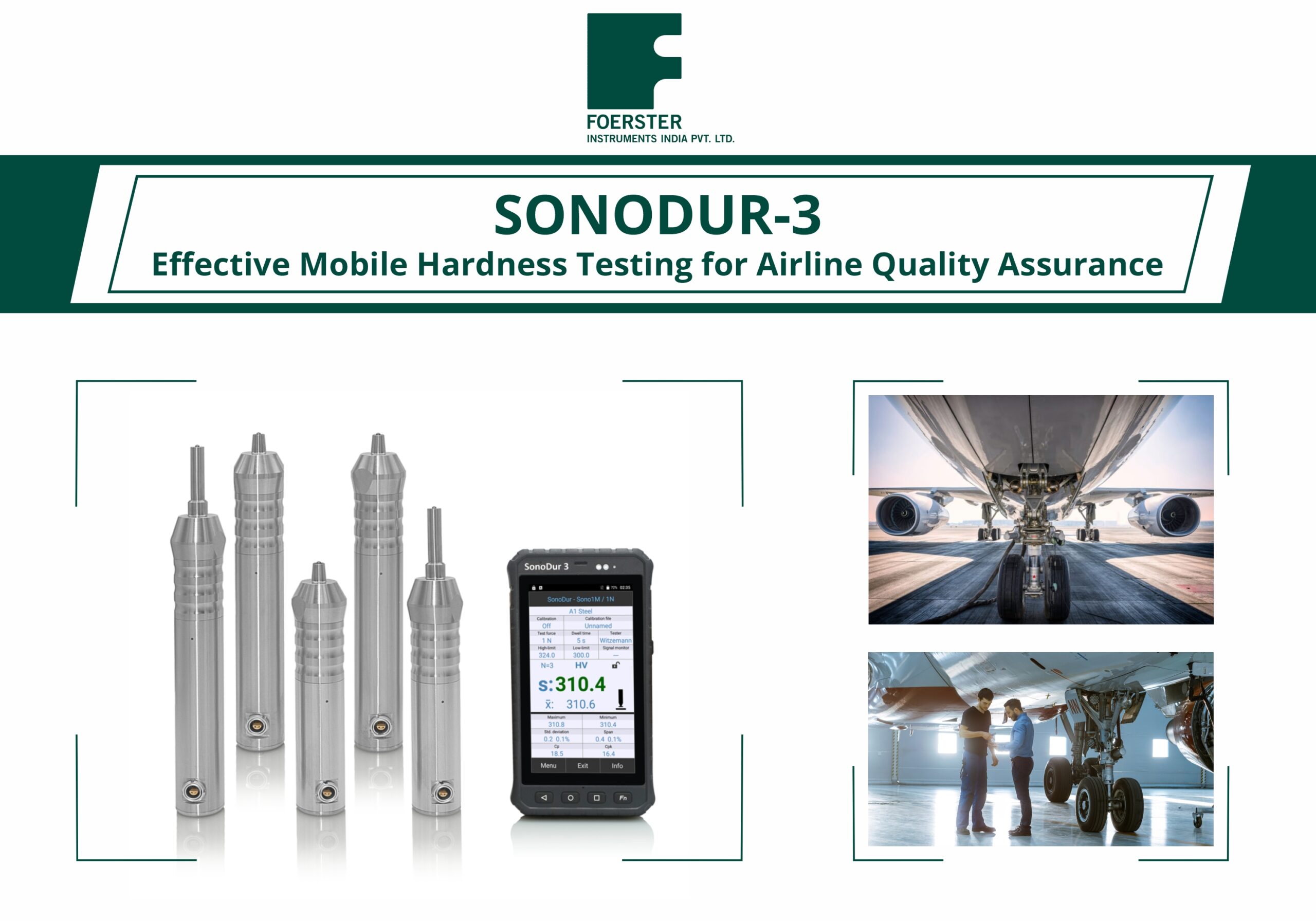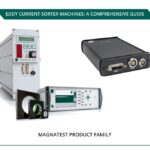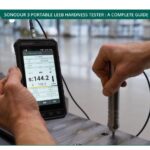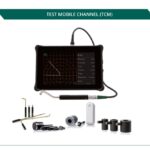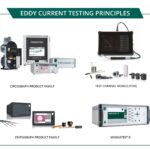RISKS OF LIGHTWEIGHT COMPONENTS FOR AIRCRAFT CONSTRUCTION
In aviation, components are exposed to the most extreme loads. The main risk associated with lightweight aircraft components is that they may not be as strong and durable as traditional materials. This could cause components to fail in flight, which could have catastrophic consequences. Also, lightweight components may be more susceptible to damage from extreme temperatures and high forces.
HOW CAN THE RISK OF COMPONENT FAILURE BE LIMITED BY NON-DESTRUCTIVE TESTING METHODS ?
To mitigate these risks, it is important that components are thoroughly tested before they are used on an aircraft.
Non-destructive testing (NDT) methods can be used to limit the risk of component failure in aircraft with 100% testing. These methods include visual inspection, radiography, eddy current testing, ultrasonic testing, magnetic particle testing, and non-destructive hardness testing.
COMMON FIELDS OF APPLICATION FOR MOBILE HARDNESS MESUREMENT IN AVIATION
Portable hardness testers are widely used in aviation to test the hardness of materials used in aircraft components such as the landing gear, engine, and fuselage. For example, landing gear must meet or exceed specified design requirements and safety standards before being approved for use on an aircraft. This ensures the components are strong enough to withstand the rigors of flight. The test is used both in production and later in maintenance.
The mobile hardness testers can also be used to test the hardness of fasteners such as bolts and screws used to attach components to the aircraft in combination with conductivity testing to check the heat treatment condition on aluminum parts and special high-strength steel alloys to ensure they are suitable for use in aircraft components.
MOBILE HARDNESS MESUREMENT IN AVIATION MUST FULFILL STRINGENT STANDARDS
The high standards placed on mobile hardness measurement in aviation include the need for accuracy, repeatability, and reliability that must be maintained over a long period.
After all, the mobile hardness measurement must be able to be carried out quickly and efficiently so that the components can be checked in good time for the shortest possible maintenance times.
HELPFUL METHODS OF MOBILE HARDNESS MESUREMENT FOR AVIATION
The UCI test method (Ultrasonic Contact Impedance) stands out as a method. It electronically evaluates a Vickers hardness test impression during the load within fractions of a second and displays it digitally. Due to the small indentation size and depth, the process is often considered non-destructive.
The UCI hardness measurement can be adjusted very precisely to the measurement task relative to the classic Vickers hardness measurement. It becomes the “extended arm” of the classic laboratory measurement technology in production or the maintenance area. A device adjustment to materials with a different modulus of elasticity (copper, aluminium, chromium, etc.) is easily possible via a comparison measurement with a classic hardness measuring machine (HV, HRC, HB).
WHERE CAN SUCH UCI SOLUTION FOR MOBILE HARDNESS MEASUREMENT BE FOUND ?
With the SONODUR 3, FOERSTER offers a mobile UCI hardness tester that meets the diverse requirements of flexible use with a high degree of accuracy, repeatability, and reliability at the same time. The device can be used with the widest range of probes with the standard test forces of 10 N, 30 N, 49 N, and 98 N (hand-held measuring probes) and 1 N, 3 N, and 8.6 N (motor measuring probes).
Learn more about the Sonodur 3 by visiting our YouTube channel.
To discuss your hardness testing requirements, demonstrations and application trials, please contact our sales team.



